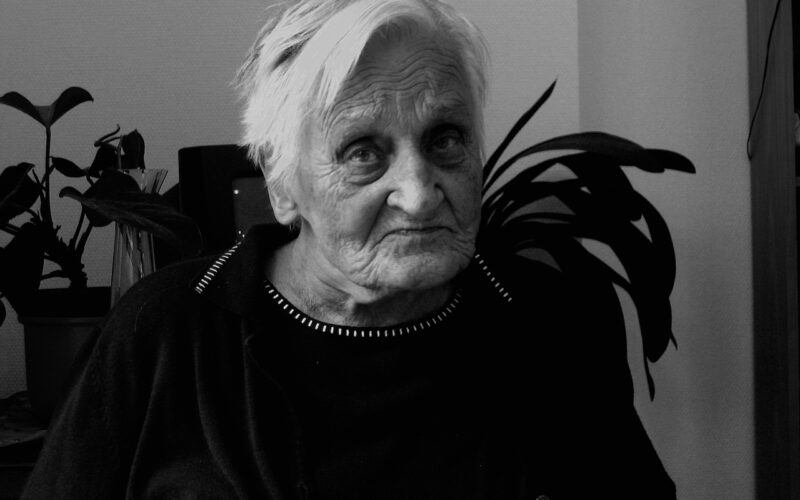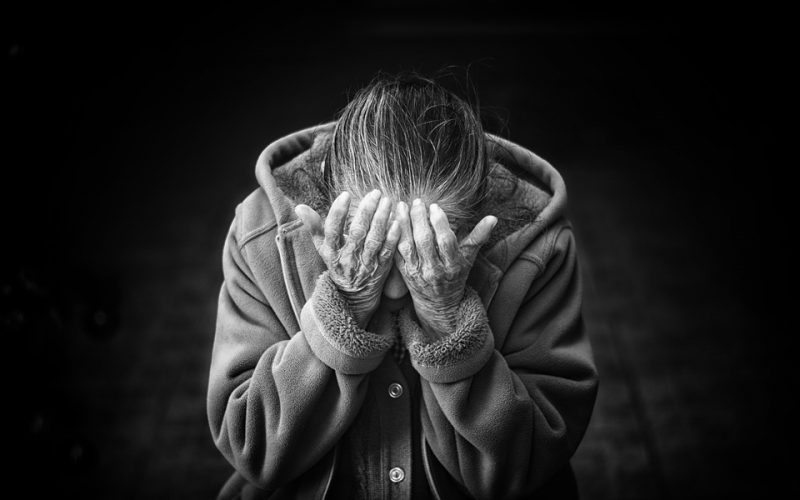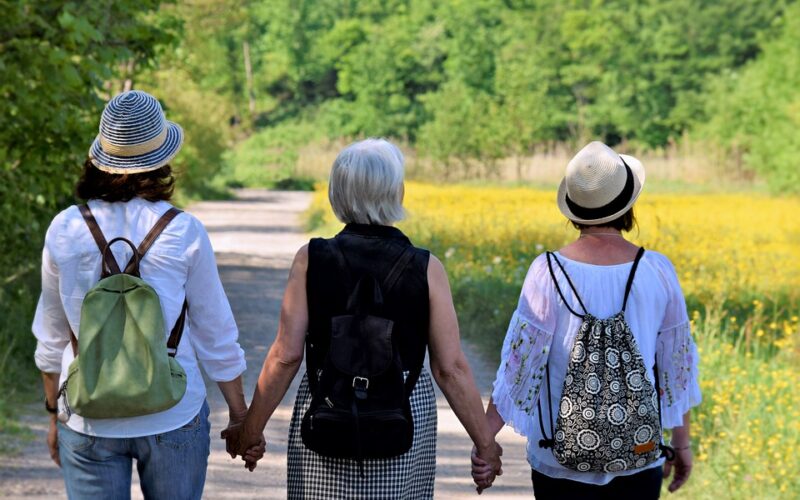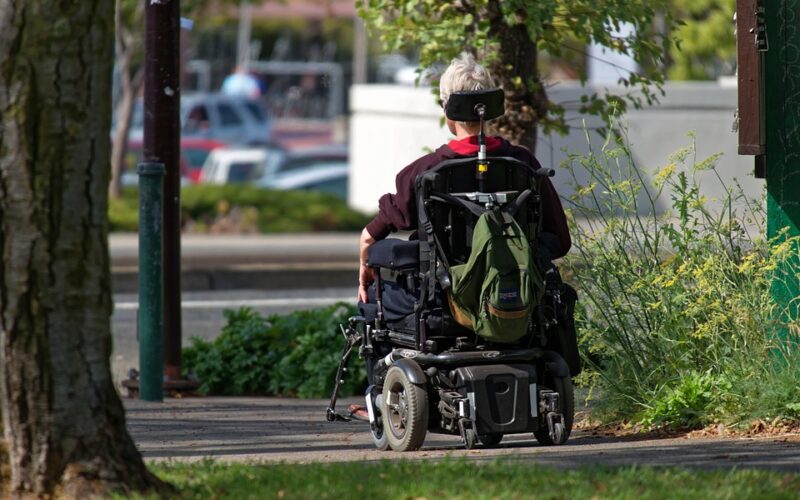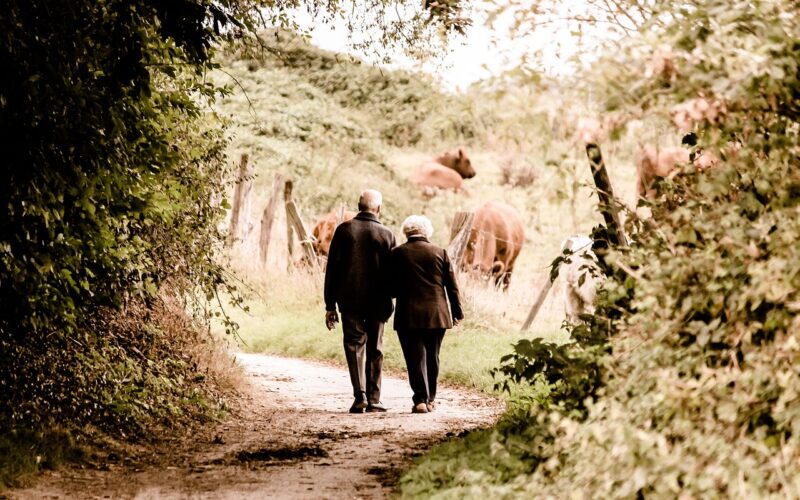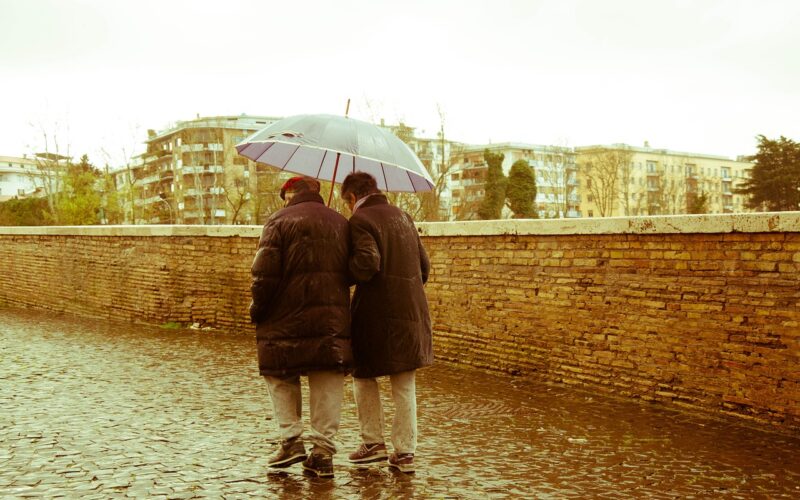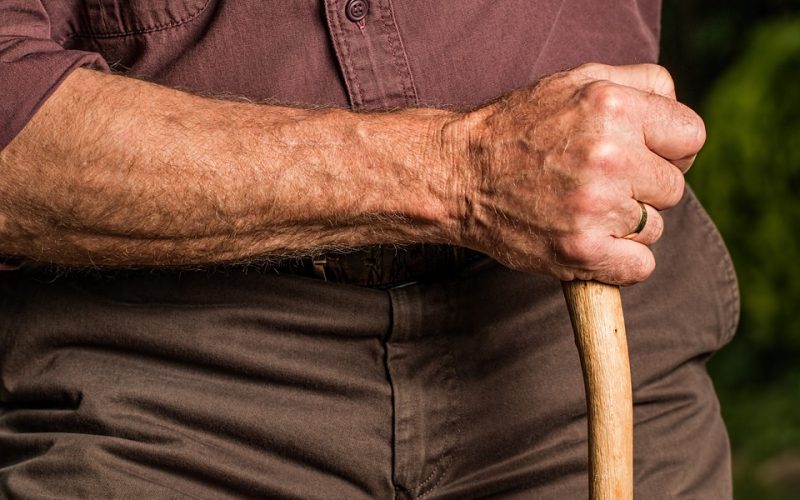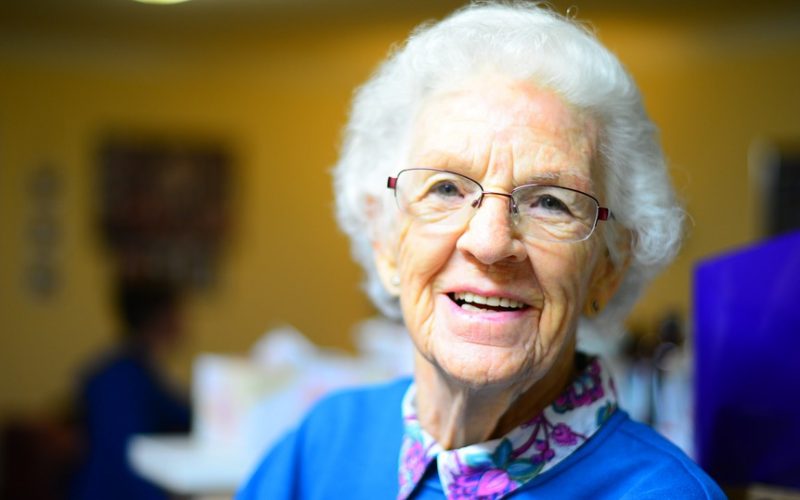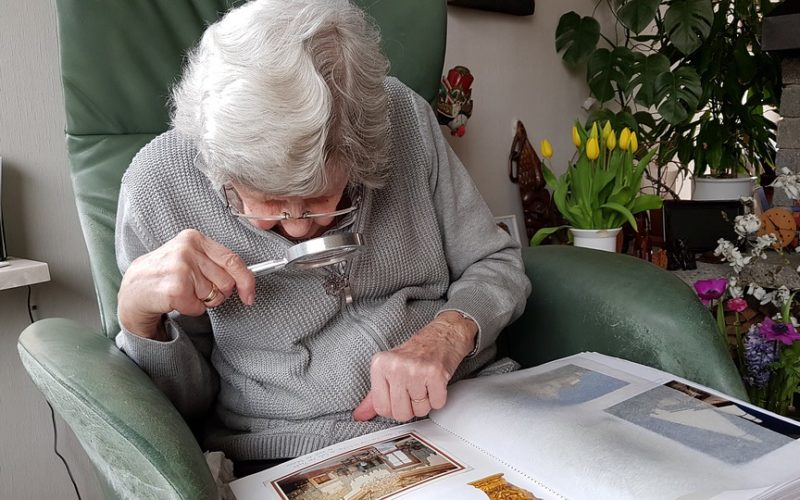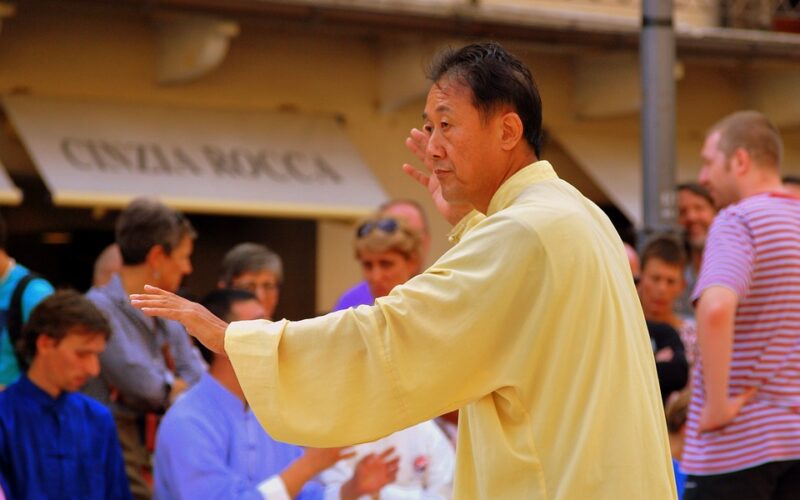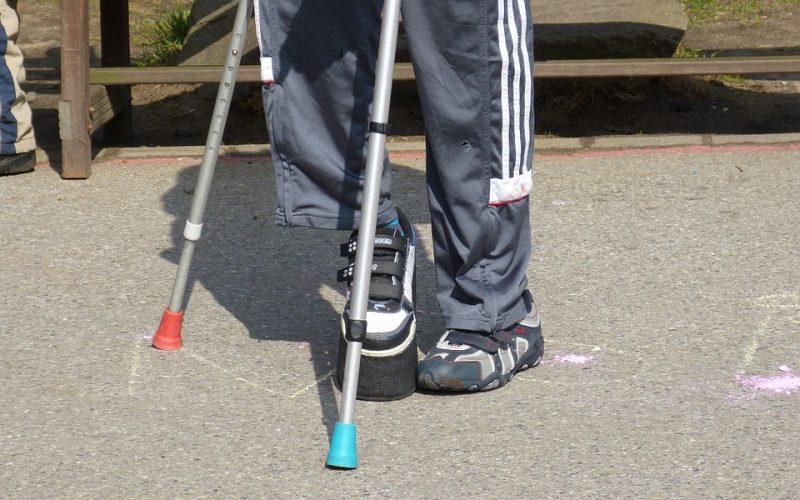Respecting The Elderly
The treatment and perception of the elderly vary widely across cultures, reflecting a rich tapestry of traditions, social norms, and values. In some societies, elders are revered and seen as a source of wisdom, while in others they may be less visible and face challenges associated with aging.
Eastern respect for longevity
In many Eastern cultures, particularly in countries like Japan, China, and Korea, a great emphasis is placed on filial piety – the respect and devotion to one's parents and ancestors. This fundamental value underpins societal expectations, mandating that the younger generation cares for their aging parents.
In Japan, for example, the practice of celebrating 'Respect for the Aged Day' recognises the contributions of seniors, while in China, the 'Elderly Rights Law' requires adult children to visit their elderly parents regularly. Such traditions and laws not only provide care and support for the elderly but also ensure that they remain an integral part of family life, often living with their children and grandchildren.
Community-centred care in African societies
African cultural norms often view aging not as a decline but as an accumulation of experience and knowledge. In many African societies, the elderly hold positions of authority and are involved in decision-making processes at both family and community levels.
Elders are cared for within the extended family structure and are rarely placed in senior care facilities. Countries like Nigeria and Kenya exemplify this approach, where grandparents play significant roles in childcare and imparting cultural values. This intergenerational interaction deepens family bonds and ensures that elders maintain a sense of purpose and social connection.
Changing dynamics in Western societies
In contrast, Western cultures often emphasise independence and self-reliance, which can sometimes translate to varying degrees of social isolation for the elderly. With a focus on individualism and a fast-paced lifestyle, many older adults in countries like the UK and the US live alone or in retirement homes.
However, this does not imply a complete lack of reverence or care; there are numerous programs and policies in place to support the elderly. For example, pensions and free healthcare provisions for seniors, as well as laws to protect them from abuse and neglect, reflect the societal commitment to ensuring their wellbeing.
The Latin American fusion of tradition and modernity
Latin American cultures typically have strong family values, where caring for parents and grandparents at home is common. Respect and affection for the elderly are deeply ingrained, visible in the multigenerational household structures prevalent in countries like Mexico and Brazil.
Yet, as these societies undergo modernisation, there is a delicate balance between traditional care and the emerging necessity of senior care facilities. Due to global influences and economic pressures, traditional practices are evolving to accommodate the changing needs of the aging population.
Nordic innovations in elderly care
Nordic countries are often hailed for their progressive approach to elderly care, balancing independence with robust social support systems. In nations like Sweden and Denmark, there's a comprehensive welfare system that offers home care services, promoting the elderly's autonomy.
These countries also adopt a societal attitude that views aging as a natural phase of life, deserving respect and accommodation rather than stigmatisation or neglect. This is also showcased in the architecture and urban planning efforts that ensure accessibility for the elderly.
The treatment of the elderly is a reflection of a society's values and priorities. Whether through veneration, community involvement, social support systems, or a mix thereof, each culture presents a unique perspective on aging. While methods of care may differ, the underlying intent remains the same – to afford dignity, respect, and support to those who have spent a lifetime contributing to their families and societies. The lessons learned from this diversity can help us optimise care for our elders, ensuring they not only live comfortably but also continue playing an integral role in the fabric of society.
